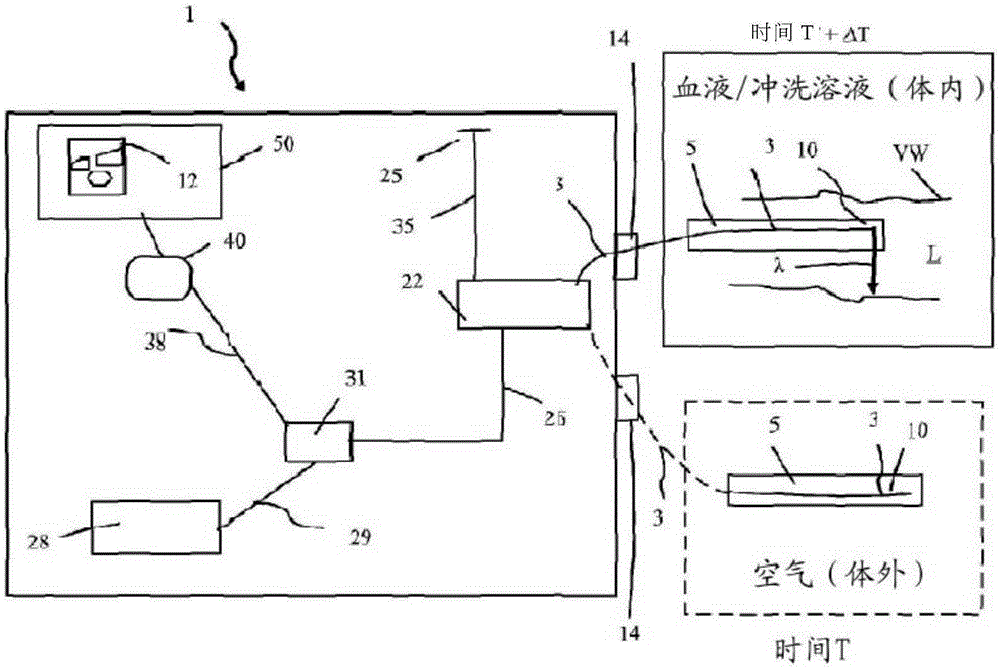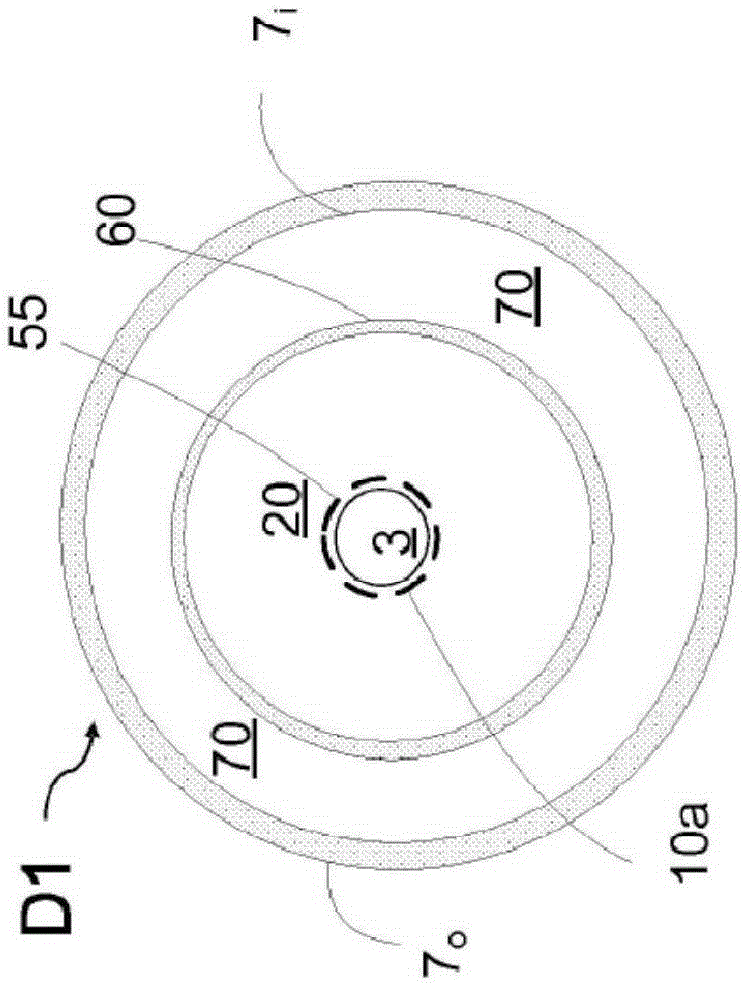Calibration and image processing devices, methods and systems
A processor and image data technology, applied in the field of imaging systems, can solve problems affecting image quality, unreliability, and problems in use
- Summary
- Abstract
- Description
- Claims
- Application Information
AI Technical Summary
Problems solved by technology
Method used
Image
Examples
Embodiment Construction
[0064] In part, the present invention relates to various methods of collecting and processing data, such as frames of OCT data. In one embodiment, the frame of OCT data or image data comprises a cross-sectional image generated from a plurality of scan lines obtained using a rotatable intravascular probe. Using the data collection probe, cross-sectional images or other images are generated using interference-based depth measurements made with respect to a sample, such as a blood vessel. One embodiment of the invention relates to a method of calibrating a data collection system, such as an OCT system, for use with a data collection probe. Various types of calibration may be used, such as manual calibration or user triggered automatic calibration using mirrors and motor initiated changes. In part, the present invention relates to a continuous calibration method embodiment that incorporates image processing modules rather than motor adjustments to calibrate frames from pullback a...
PUM
 Login to View More
Login to View More Abstract
Description
Claims
Application Information
 Login to View More
Login to View More - R&D
- Intellectual Property
- Life Sciences
- Materials
- Tech Scout
- Unparalleled Data Quality
- Higher Quality Content
- 60% Fewer Hallucinations
Browse by: Latest US Patents, China's latest patents, Technical Efficacy Thesaurus, Application Domain, Technology Topic, Popular Technical Reports.
© 2025 PatSnap. All rights reserved.Legal|Privacy policy|Modern Slavery Act Transparency Statement|Sitemap|About US| Contact US: help@patsnap.com



